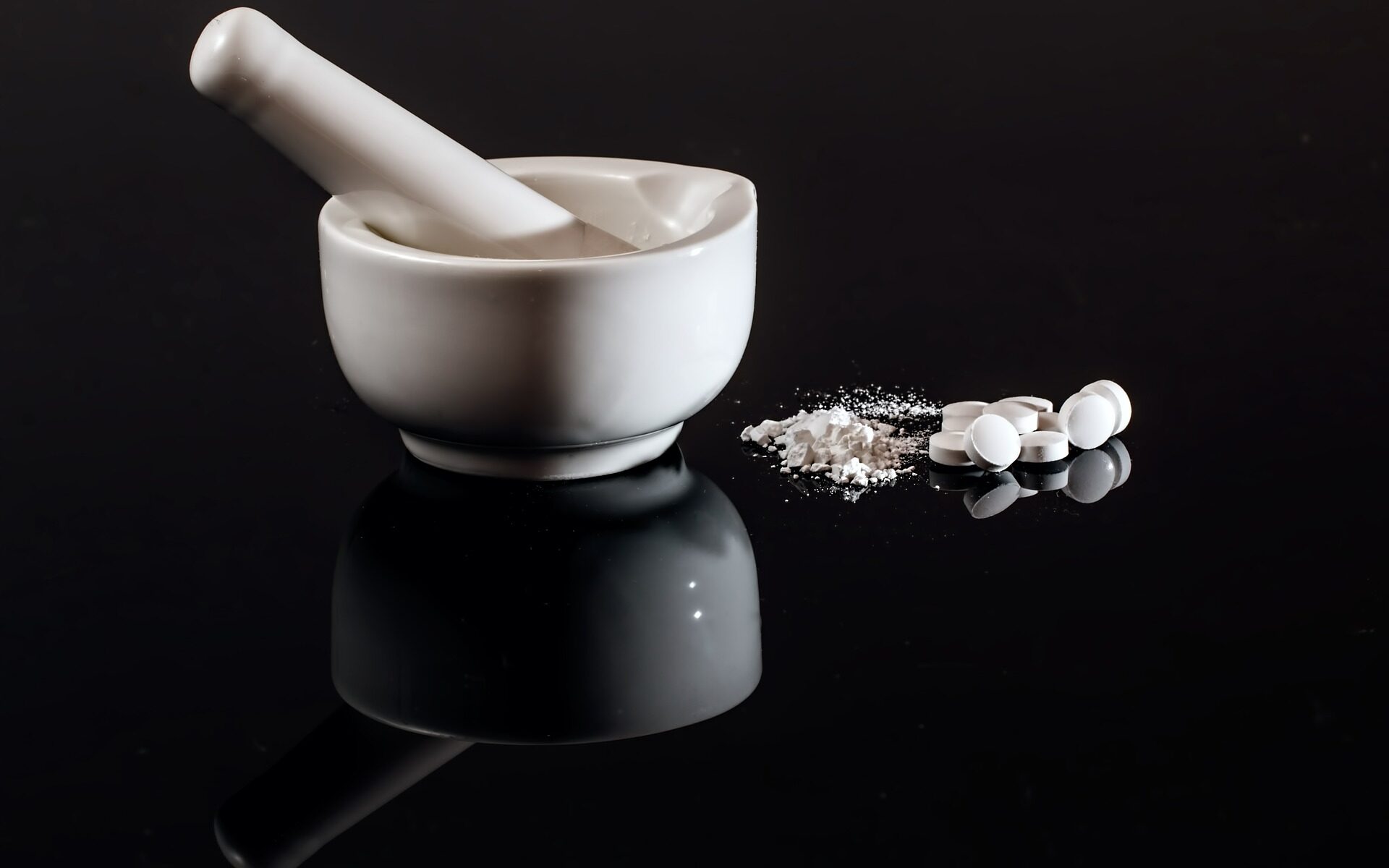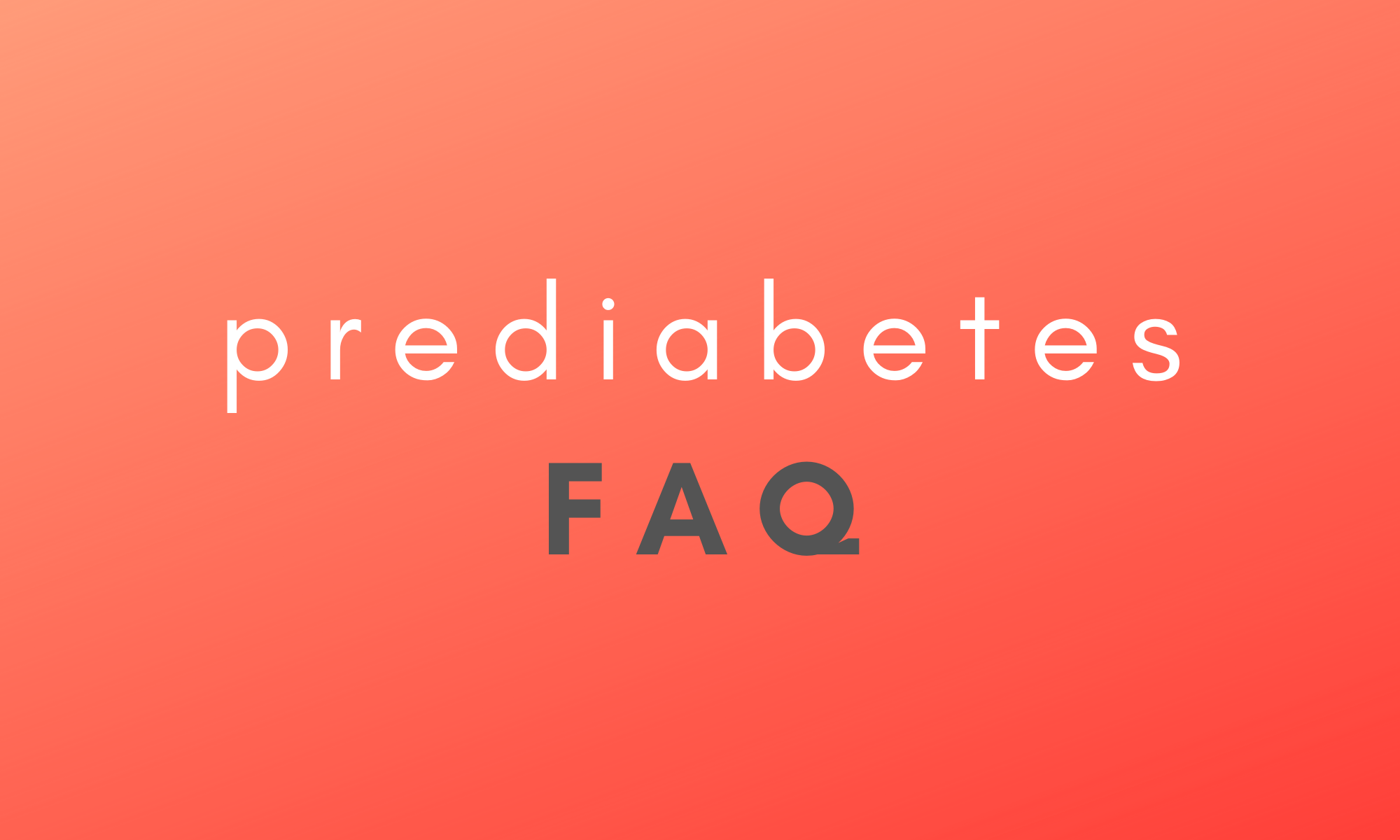Eat less, move more, yadda, blah blah, harrumph.
We’ve heard it. We know we should do it. If for no other reason than because it’s a healthy way to live. And, if we’re prediabetic, it helps to reduce our chance of developing full-blown diabetes.[1]
In this post, let’s focus on the “move more” part.
We want to move more, we just want the right to complain about it along the way.
But bonus, they say that once we start exercising, endorphins will race through our bodies and make us happy. Plus they’re supposed to numb the pain. (Looking forward to that.)
A position statement[2] from the American Diabetes Association says that diabetics and prediabetics should participate in physical activity and exercise. So there’s that, for an added bit of motivation.
Before you leap off the couch and start running in place, talk to your healthcare provider to get guidance on what type and how much exercise you should try.
Moderate exercise[3] appears to be more than adequate in combating the elevated blood sugar of prediabetes. Moderate means you have enough breath to chat while exercising, but not enough to sing. No need to practice sprinting when brisk walking will do.
Exercise loosely falls into four categories: aerobic, strength, balance, and flexibility. Ideally, your week will include all of these types of exercise.
Aerobic, or endurance, exercise cranks up our heart rate and breathing. Brisk walking, hopping on the elliptical, dancing (not slow dancing, the other kind), quick marching in place—whatever activity you want to try that gets your heart rate up will be fine.
Strength training is good for all ages, but as we get older, we lose muscle mass. If you’re middle-aged or older, this means you. Resistance training with bands or weights, push-ups against the wall (or floor, if that’s your preference), squats and lunges—they all help rebuild muscle.
Balance exercises are key to preventing falls as we age. Practicing Tai Chi, standing on one foot or walking heel to toe, side-stepping across a room—there are lots of ways to improve balance, but remember, it’s generally safer to work with a partner.
Flexibility exercises keep our body limber. Without flexibility, it gets hard to bend down and pick up money off the floor. Reason enough to stay loose. Stretching each muscle group, yoga, shoulder rolls, using stretch bands—aging muscles get shorter and lose elasticity, but stretching regularly counters the aging effect.
We need to get off our rears and move. If you find that you’re sitting for a few hours each day, make it a habit to get up every 30 minutes and stretch, do a household chore, just move.
Remember, this is for a healthier body and, more specifically, to knock our blood sugar into normal range. In other words, it’s important!
Thirty minutes each day, move at a moderate pace. Get your heart rate up. If you don’t have time to do this for a 30-minute block of time, then break it up into three 10-minute blocks. As long as you get the minutes in and your heart rate is increased for 30 minutes every day, that’s the important bit.
If your lifestyle has been sedentary for a few years, plan a slow but definite path to moderate exercise for 30 minutes each day.
Start out with three minutes of stretching and don’t worry about increasing your heart rate. Do this for four days, then add three minutes of walking as fast as you feel comfortable. And so on.
Keep adding in minutes of activity every few days until you are active for 30 minutes each day. Once you’ve reached that threshold, take a few of those minutes and exercise at a moderate level. Build from there, and within a few weeks, you’ll be exercising at a moderate level for 30 minutes each day.
The timeframe for building a healthy exercise routine will be individual. The only person we need to compare ourselves to is . . . ourself.
How Zen is that?!
[1] Cochrane Library, Diet, physical activity or both for prevention or delay of type 2 diabetes mellitus and its associated complications in people at increased risk of developing type 2 diabetes mellitus, https://www.cochranelibrary.com/cdsr/doi/10.1002/14651858.CD003054.pub4/full, (February 3, 2020).
[2] American Diabetes Association, Diabetes Care, Physical Activity/Exercise and Diabetes: A Position Statement of the American Diabetes Association, https://care.diabetesjournals.org/content/39/11/2065, (February 3, 2020).
[3] Duke Health, Is Moderate or Vigorous Exercise Best for Glucose Control?, https://physicians.dukehealth.org/articles/moderate-or-vigorous-exercise-best-glucose-control, (February 3, 2020).







